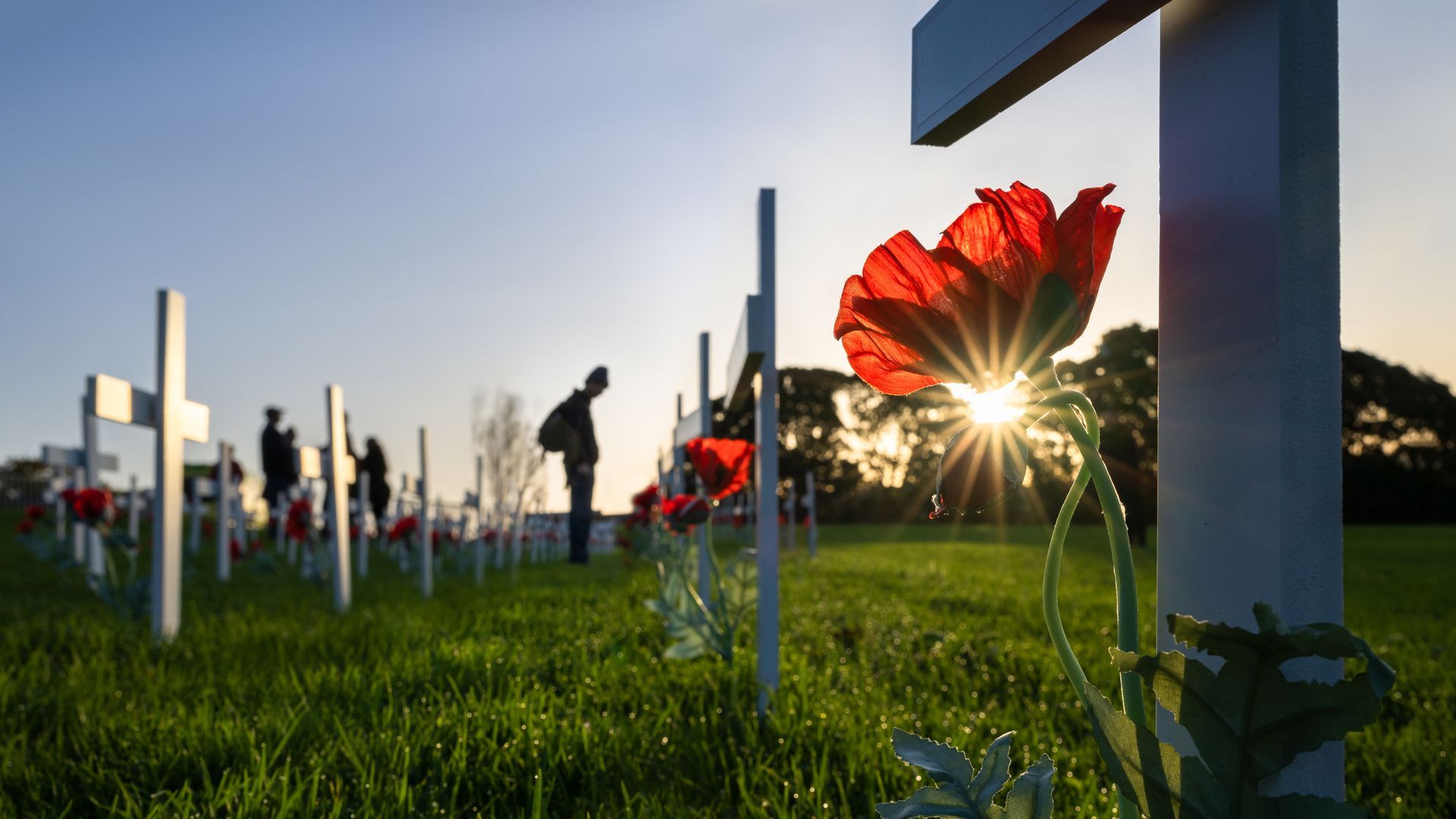Memorial Day Flowers and Their Meaning

Memorial Day, a day of remembrance and gratitude, is a time when we pay tribute to those who have made the ultimate sacrifice in service to their country. While the day is often marked by ceremonies, parades, and visits to cemeteries, one tradition that stands out for its symbolic significance is the use of flowers.
Flowers have a profound way of expressing our emotions, from love and appreciation to sympathy and remembrance. On Memorial Day, flowers play a crucial role in honoring the memory of fallen heroes, bringing comfort to grieving families, and reminding us of the sacrifices made for our freedom.
The Poppy: A Symbol of Remembrance
In many countries, the red poppy has become synonymous with Memorial Day and honoring fallen soldiers. This tradition has its roots in the famous poem "In Flanders Fields" by Lieutenant Colonel John McCrae, a Canadian physician who served in World War I. The poem describes how poppies grew amidst the graves of soldiers in Flanders, Belgium, where some of the fiercest battles of the war took place. Inspired by this imagery, the poppy has since been used as a symbol of remembrance for those who died in war.
Placing Flags and Flowers
On Memorial Day, cemeteries across the United States are adorned with American flags and colorful flowers. Families and volunteers gather to place flags at the graves of veterans, while floral arrangements are carefully arranged to honor their memory. The act of placing flowers is a tangible expression of respect and gratitude, a way to ensure that the sacrifices of these individuals are never forgotten.
Memorial Day Floral Traditions
Different regions and communities have their own unique traditions when it comes to Memorial Day flowers. In some areas, volunteers create "Flag Gardens," where thousands of small American flags are placed to create a striking visual tribute. In others, communities come together to create elaborate floral displays or host flower-laying ceremonies at memorials and monuments.
Memorial Day flowers serve as a poignant reminder of the sacrifices made by our military service members. From the iconic red poppy to the countless floral arrangements adorning gravesides, each bloom carries with it a message of remembrance, gratitude, and hope. As we pause to honor the fallen this Memorial Day, let us also take a moment to appreciate the beauty and significance of the flowers that help us remember and honor their legacy.








